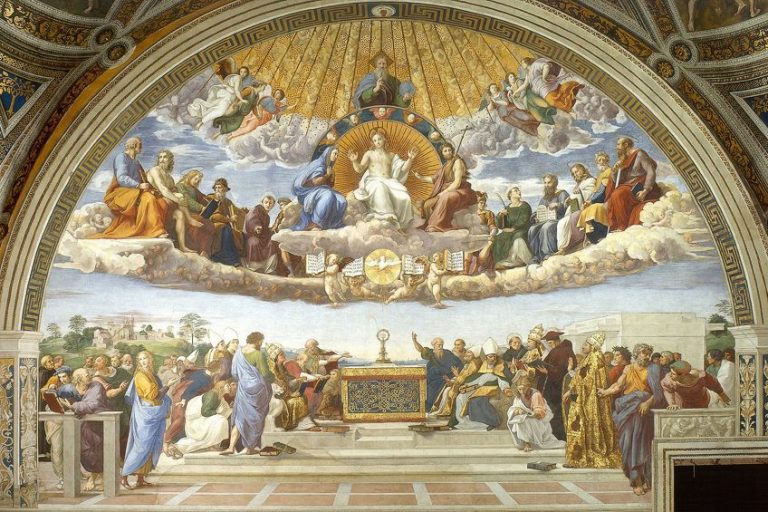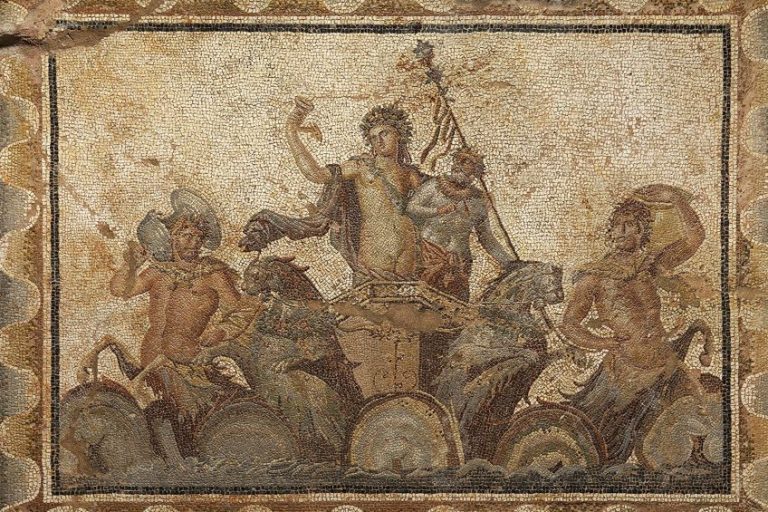Marie-Thérèse Walter – The Muse Who Transformed Picasso’s Art
Marie-Thérèse Walter, the luminous muse of Pablo Picasso, played a pivotal role in the artist’s life and work during the late 1920s and 1930s. Their relationship, which began in 1927 when she was just 17 and Picasso was 45, profoundly influenced his artistic evolution. Marie-Thérèse’s youthful vitality and distinct physical features—blonde hair, soft curves, and classical profile—became central to Picasso’s exploration of sensuality, intimacy, and the human form. Her presence is immortalized in some of Picasso’s most iconic works, including his portraits and the renowned La Rêve, which reflect both the tender and turbulent dynamics of their relationship.
Key Takeaways
- Marie-Thérèse Walter inspired many of Picasso’s iconic works.
- She met Picasso in Paris, profoundly influencing his art.
- Her legacy continues through valuable and admired portraits.
Early Life and Relationship With Pablo Picasso
| Birth | July 13, 1909 |
|---|---|
| Death | October 20, 1977 |
| Place of Birth | Le Perreux-sur-Marne, France |
| Genre of Work | Model and muse for Pablo Picasso |
Marie-Thérèse Walter was more than just a muse; she was a central figure in Pablo Picasso’s life and art during one of his most productive periods. Her relationship with Picasso began in 1927 when she was just a teenager, eventually inspiring some of his most renowned works, including The Dream and Nude, Green Leaves and Bust. Their affair, shrouded in secrecy for many years, illustrates the profound impact she had on his artistic direction.
Born into a bourgeois family in Maisons-Alfort, France, Marie-Thérèse’s life changed dramatically when she met Picasso in Paris.
Their romance catalyzed a series of vibrant and symbolically rich pieces, embedding her image into the essence of modern art. Picasso’s fascination with her youth and beauty is evident in his prolific output during their relationship, where she frequently appeared as both a serene and sensual subject.

Marie-Thérèse’s legacy endures through Picasso’s masterpieces, which continue to captivate art lovers and collectors worldwide. Her influence helped shape modern portraiture, blending Surrealism with personal sentiment. Auctioned pieces featuring her likeness routinely fetch millions, underscoring her lasting imprint on the art world.
Meeting and Affair
Marie-Thérèse Walter met Pablo Picasso on January 8, 1927, in Paris. At that time, she was 17 years old, and Picasso was 45, married to Olga Khokhlova. Their affair began quickly after their initial encounter outside the Galeries Lafayette. Marie-Thérèse soon became not only his lover but also his muse.
Despite the age difference and Picasso’s marital status, their relationship blossomed, impacting both their lives profoundly.
Impact on Picasso’s Work
Marie-Thérèse Walter profoundly influenced Picasso’s artistic output, especially during the early 1930s. One notable period was in 1932 when he created numerous portraits of her, showcasing his deep affection and admiration. Paintings such as Femme nue couchée and Portrait of Marie-Thérèse Walter stand as testaments to her impact on his creativity. Marie-Thérèse’s presence in his life brought forth a period of uninhibited and revolutionary artwork that is still celebrated today.

Influence in Art and Iconic Works
Marie-Thérèse Walter profoundly impacted Picasso’s work during their relationship, particularly in the early 1930s. Her presence brought a fresh vitality to his art, resulting in some of his most famous and sensual creations.
Portraiture and Sensuality
Picasso’s paintings of Marie-Thérèse Walter are characterized by their sensuality and vibrant use of color. Her distinct features—round face, blond hair, and athletic physique—often appear in works such as Femme nue couchée.
His art from this period frequently depicts her in various states of repose, emphasizing the intimacy and emotional connection they shared.
Her portrayal in Le Rêve exemplifies Picasso’s shift towards more abstract and surrealist elements. Painted in 1932, this oil on canvas masterpiece shows her in a dreamy, almost distorted form, blending elements of sensuality with early cubism techniques.
Major Artworks and Exhibitions
Some of the most significant pieces inspired by Marie-Thérèse include Le Rêve and Green Leaves and Bust. Both paintings have not only achieved high auction prices but also hold critical acclaim within art history. Le Rêve, for instance, was painted in just one afternoon and has become a symbol of Picasso’s passionate relationship with Walter. Several major exhibitions have prominently featured these works.

For example, Sotheby’s Modern Evening Auction and Christie’s have showcased these iconic pieces, emphasizing their lasting impact and value. These exhibitions highlight the enduring allure of Walter’s influence on Picasso’s oeuvre. In this period, Picasso’s work often embodied bold, sensual lines and rich colors, showcasing his innovative approach to form and representation. Her influence is still celebrated in exhibitions and retrospectives worldwide, cementing her legacy in the art world.
Legacy and Influence
Marie-Thérèse Walter’s impact on the art world is profound, influencing both Picasso’s work and the larger artistic community. She also holds a significant place in legal and cultural memory, impacting art collections and estates.
Artistic Impact
Marie-Thérèse Walter served as a central muse for Pablo Picasso during a crucial period in his career. Pieces like Le Repos and Femme nue couchée are testaments to her influence. These artworks often portray her in intimate, dreamlike states, embodying the genius of Picasso’s emotional and stylistic range. Her depiction in numerous paintings, sculptures, and drawings captured the public’s interest and inspired retrospectives at major institutions such as MoMA in New York.
This period is frequently cited as one of Picasso’s most inspired phases, with works featuring Walter commanding high prices at auctions and holding key positions in art collections worldwide.
Legal and Cultural Recognition
Following her death in 1977, Marie-Thérèse’s legacy was managed by the Estate of Pablo Picasso, often involving the Artists Rights Society. Her likeness and Pablo’s portrayal of her have been subjects of considerable legal importance, particularly concerning provenance and copyright issues.

Her daughter, Maya Widmaier-Picasso, has played a substantial role in protecting and promoting her mother’s legacy. In cultural spheres, Walter’s story has been featured in numerous books, articles, and exhibitions, solidifying her status as one of the most important muses in art history. The lasting impact of her relationship with Picasso continues to be felt both legally and culturally, ensuring her place in the annals of art history.
Marie-Thérèse Walter’s influence on Picasso’s art remains a testament to the profound connection between muse and artist. Her presence in his work not only marked a period of intense creativity but also revealed the depth of their emotional and personal bond. Through his depictions of Marie-Thérèse, Picasso captured a unique blend of innocence and sensuality, leaving a lasting legacy that continues to captivate art lovers and historians alike. Her impact on his oeuvre is undeniable, cementing her place as one of the most significant figures in the story of Picasso’s artistic journey.
Frequently Asked Questions
What Is the Significance Behind the Portrait of Marie-Thérèse Walter Painted in 1937?
The 1937 portrait of Marie-Thérèse Walter is renowned for its emotional depth and stylized form. This artwork is reflective of Picasso’s intense affection and admiration for her, captured during the peak of their relationship.
What Details Are Known About the Relationship Between Picasso and Marie-Thérèse Walter?
Picasso met Marie-Thérèse Walter in 1927 when she was just 17. Their relationship was passionate but secretive, especially as Picasso was married. Walter became both his lover and muse and they had a daughter, Maya, in 1935.
What Led to the Demise of Marie-Thérèse Walter?
Marie-Thérèse Walter tragically took her own life in 1977. Her long struggle with depression, particularly heightened after Picasso’s death in 1973, contributed significantly to her tragic end.
What Impact Did Marie-Thérèse Walter Have on Picasso’s Artistic Style and Body of Work?
Walter’s influence on Picasso’s work is evident through multiple phases, from his Cubist explorations to more classical representations. She was the inspiration for many notable pieces, including Girl Before a Mirror and Le Rêve, showing her as both a tender lover and a powerful muse.
Isabella studied at the University of Cape Town in South Africa and graduated with a Bachelor of Arts majoring in English Literature & Language and Psychology. Throughout her undergraduate years, she took Art History as an additional subject and absolutely loved it. Building on from her art history knowledge that began in high school, art has always been a particular area of fascination for her. From learning about artworks previously unknown to her, or sharpening her existing understanding of specific works, the ability to continue learning within this interesting sphere excites her greatly.
Her focal points of interest in art history encompass profiling specific artists and art movements, as it is these areas where she is able to really dig deep into the rich narrative of the art world. Additionally, she particularly enjoys exploring the different artistic styles of the 20th century, as well as the important impact that female artists have had on the development of art history.
Learn more about Isabella Meyer and the Art in Context Team.
Cite this Article
Isabella, Meyer, “Marie-Thérèse Walter – The Muse Who Transformed Picasso’s Art.” Art in Context. September 27, 2024. URL: https://artincontext.org/marie-therese-walter/
Meyer, I. (2024, 27 September). Marie-Thérèse Walter – The Muse Who Transformed Picasso’s Art. Art in Context. https://artincontext.org/marie-therese-walter/
Meyer, Isabella. “Marie-Thérèse Walter – The Muse Who Transformed Picasso’s Art.” Art in Context, September 27, 2024. https://artincontext.org/marie-therese-walter/.











